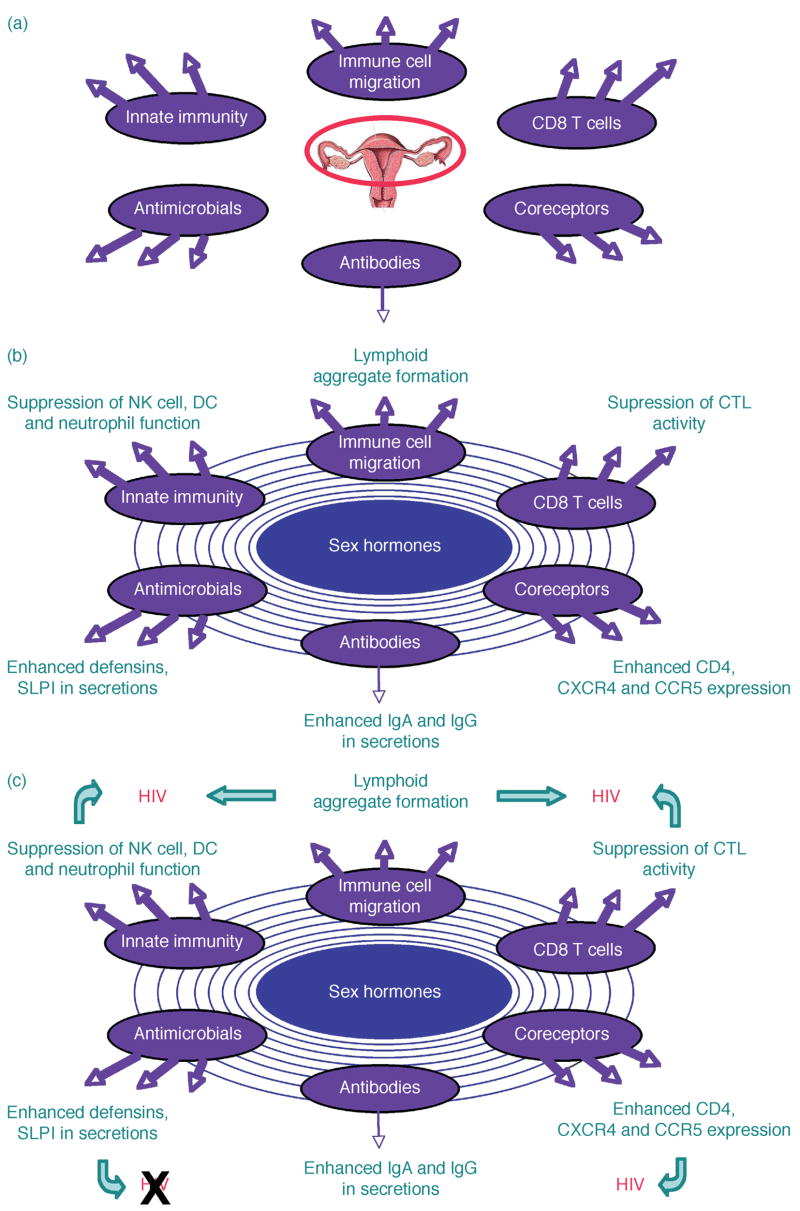Fig. 2. The role of sex hormones in regulating immune function in the upper human female reproductive tract.
(a, top) Depicts key immunological mechanisms present in the Fallopian tubes, uterus and endocervix that are essential for successful reproduction. These directly or indirectly impact pathogens that enter the upper female reproductive tract (FRT) and threaten reproductive health. (b, middle) Indicates that these immune mechanisms are under hormonal control. The expanding concentric rings represent estradiol released at mid-cycle along with progesterone released during the secretory stage of the menstrual cycle. (c, bottom) Depicts our hypothesis that estradiol and/or progesterone generally suppress immune protection, resulting in a window of potential HIV infectivity. CTL, cytotoxic T lymphocyte; SLPI, secretory leukocyte protease inhibitor.

